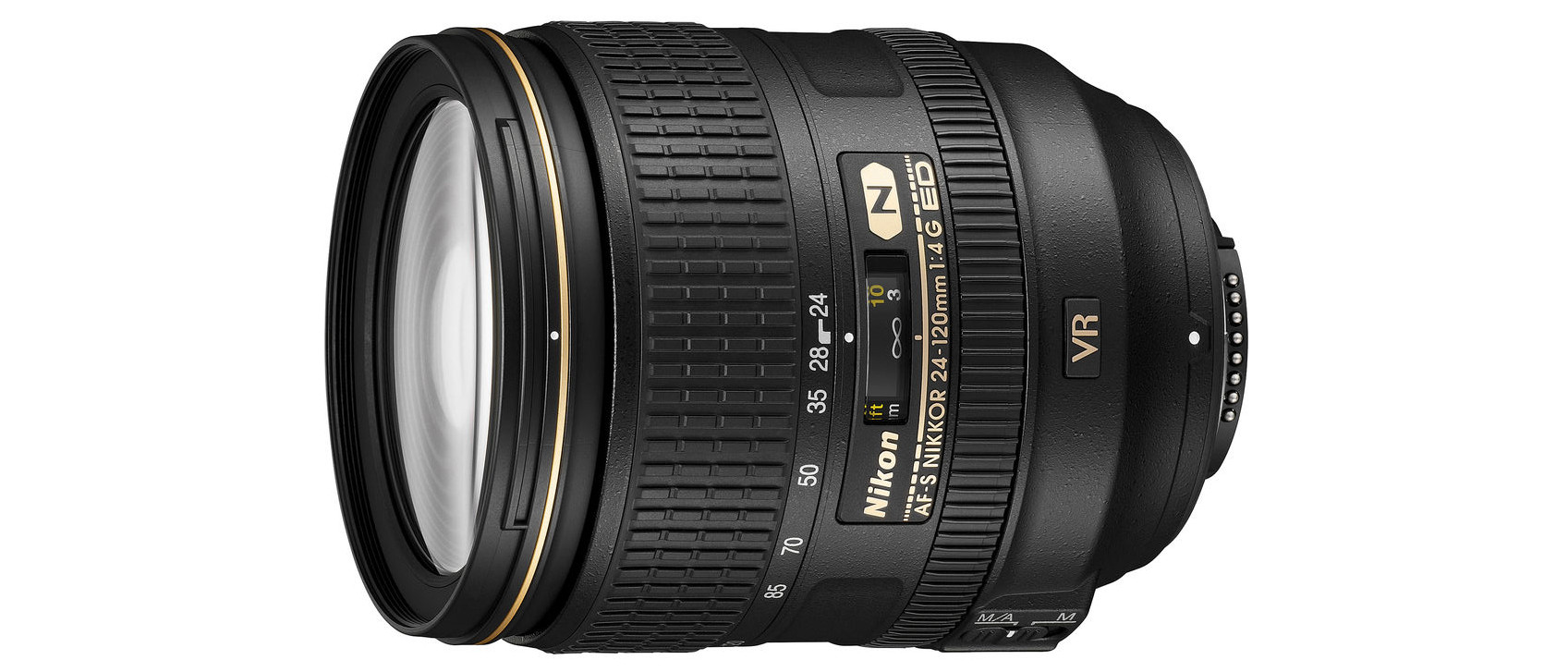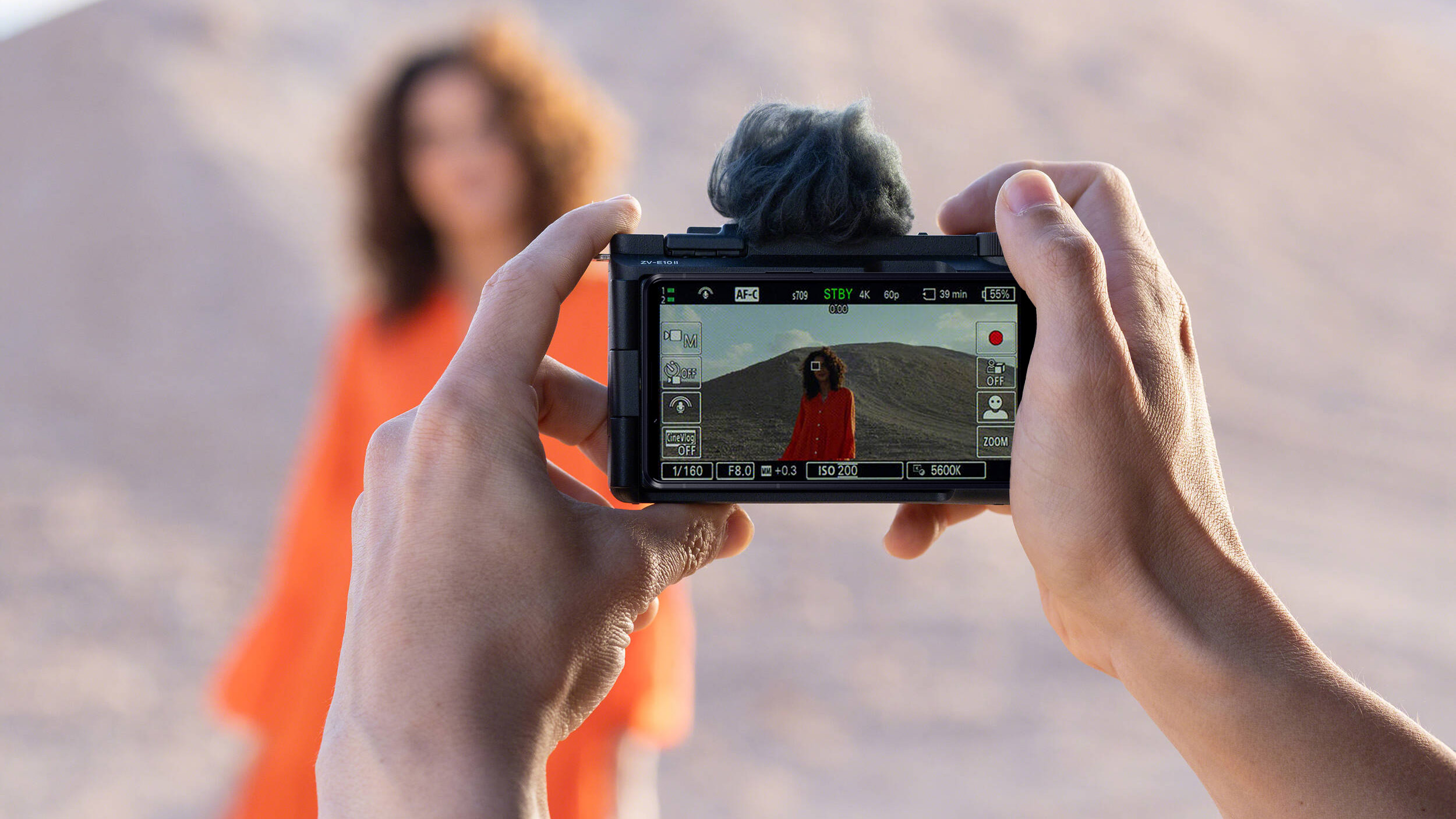Digital Camera World Verdict
A perennially popular kit lens option with cameras like the Nikon D750 and D780, it’s also a wise buy in its own right. The generous 5x zoom range stretches from a wide maximum viewing angle to useful telephoto reach and image quality remains impressive throughout, boosted in handheld shooting by 3.5-stop optical stabilization. Considerably more compact and lightweight than the latest Nikon AF-S 24-70mm lens and at only half the purchase price, it’s a good choice if you don’t need the faster f/2.8 aperture.
Pros
- +
Powerful 5x zoom range
- +
Impressive image quality
- +
Good handling
Cons
- -
VR only moderately effective
- -
Quite pricey for an f/4 zoom
Why you can trust Digital Camera World
Building on the success of Nikon’s original AF-S 24-120mm VR, this second edition has a constant rather than variable aperture rating and an upgraded stabilizer. Even so, it’s been on sale for more than a decade now, and the 3.5-stop stabilizer is less effective than in most newer Nikon lenses. At least VR comes complete with Normal and Active modes, although it lacks the ‘Sport’ mode of Nikon’s newer lenses.
Specifications
Mount: Nikon F (FX)
Full-frame: Yes
Autofocus: Yes
Stabilization: Yes
Lens construction: 17 elements in 13 groups
Angle of view: 84-20 degrees
Diaphragm blades: 9
Minimum aperture: f/22
Minimum focusing distance: 0.45m
Maximum magnification ratio: 0.24x
Filter size: 77mm
Dimensions: 84x104mm
Weight: 710g
Key features
Available at a substantial discount with the D780 body, build quality is very good for a kit lens. As with the newer Z-mount 24-120mm f/4, it comes complete with weather-seals and a hood. Quality glass includes three aspherical elements and two ED elements, along with both Nano Crystal Coat and Super Integrated Coating. Conventional internals include mechanical control for the diaphragm and a ring-type ultrasonic autofocus system. As such, there are no incompatibility issues with older Nikon SLRs.
The next-generation VR II optical stabilizer is more effective than in the original edition of the lens but is still only worth 3.5 stops, lagging behind the efficiency of VR in some of Nikon’s more recent lenses. Typical handling niceties for high-end Nikon AF-S lenses include an M/A-M focus mode switch and a focus distance scale beneath a viewing window. Focusing is fully internal, so the front element neither extends nor rotates, and the M/A mode gives priority to manual override in autofocus mode.
Performance
Autofocus is fast and whisper-quiet, although it lacks the near-silence of stepping motor-based lenses and isn’t able to deliver smooth autofocus transitions when shooting video. Sharpness holds up pretty well throughout the zoom range, at least across most of the image frame. If uncorrected, however, colour fringing and distortions are much more noticeable than with new-generation Z-mount lenses.
Lab results
We run a range of lab tests under controlled conditions, using the Imatest Master testing suite. Photos of test charts are taken across the range of apertures and zooms (where available), then analyzed for sharpness, distortion and chromatic aberrations.
We use Imatest SFR (spatial frequency response) charts and analysis software to plot lens resolution at the center of the image frame, corners and mid-point distances, across the range of aperture settings and, with zoom lenses, at four different focal lengths. The tests also measure distortion and color fringing (chromatic aberration).
Sharpness:
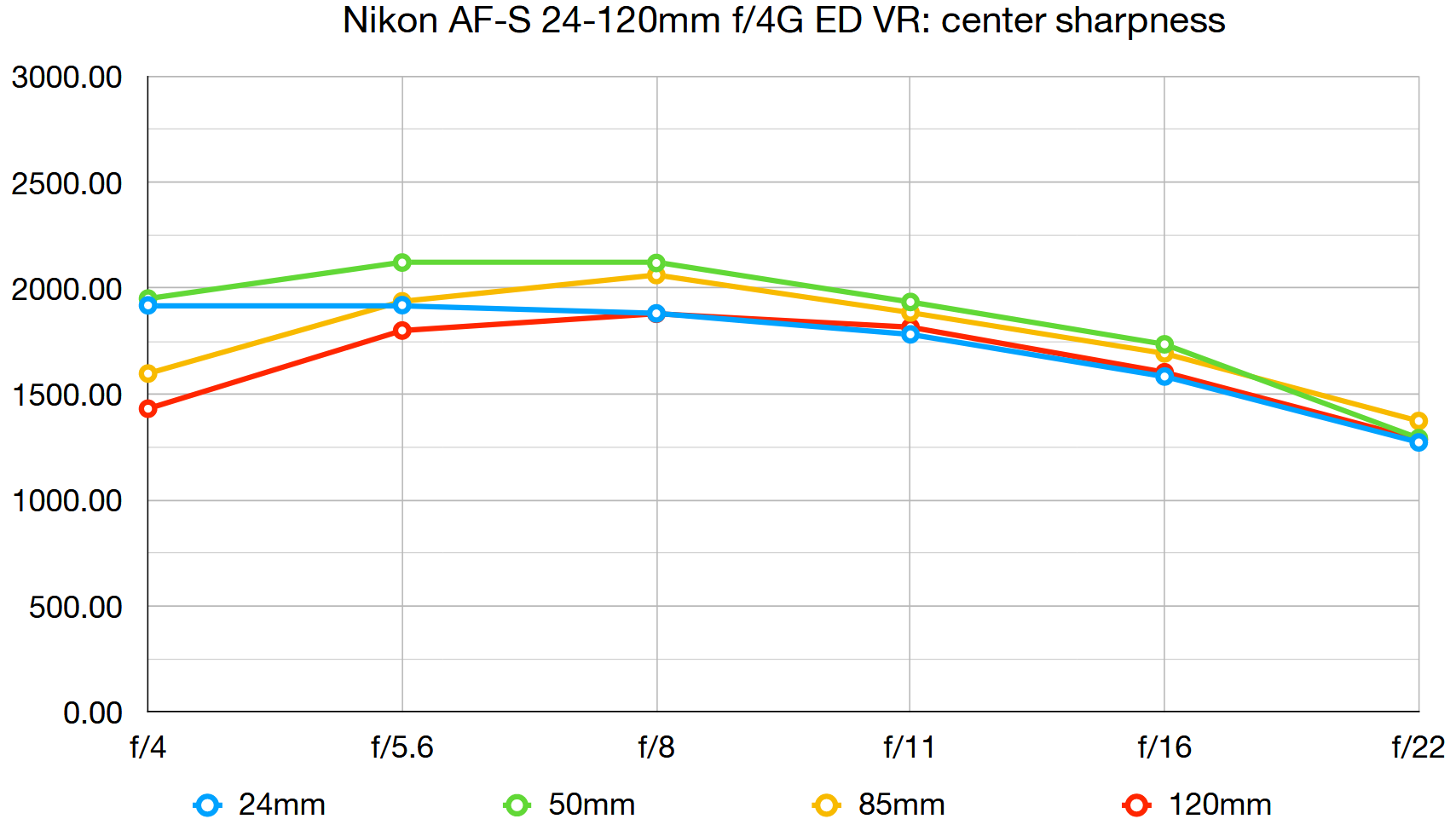
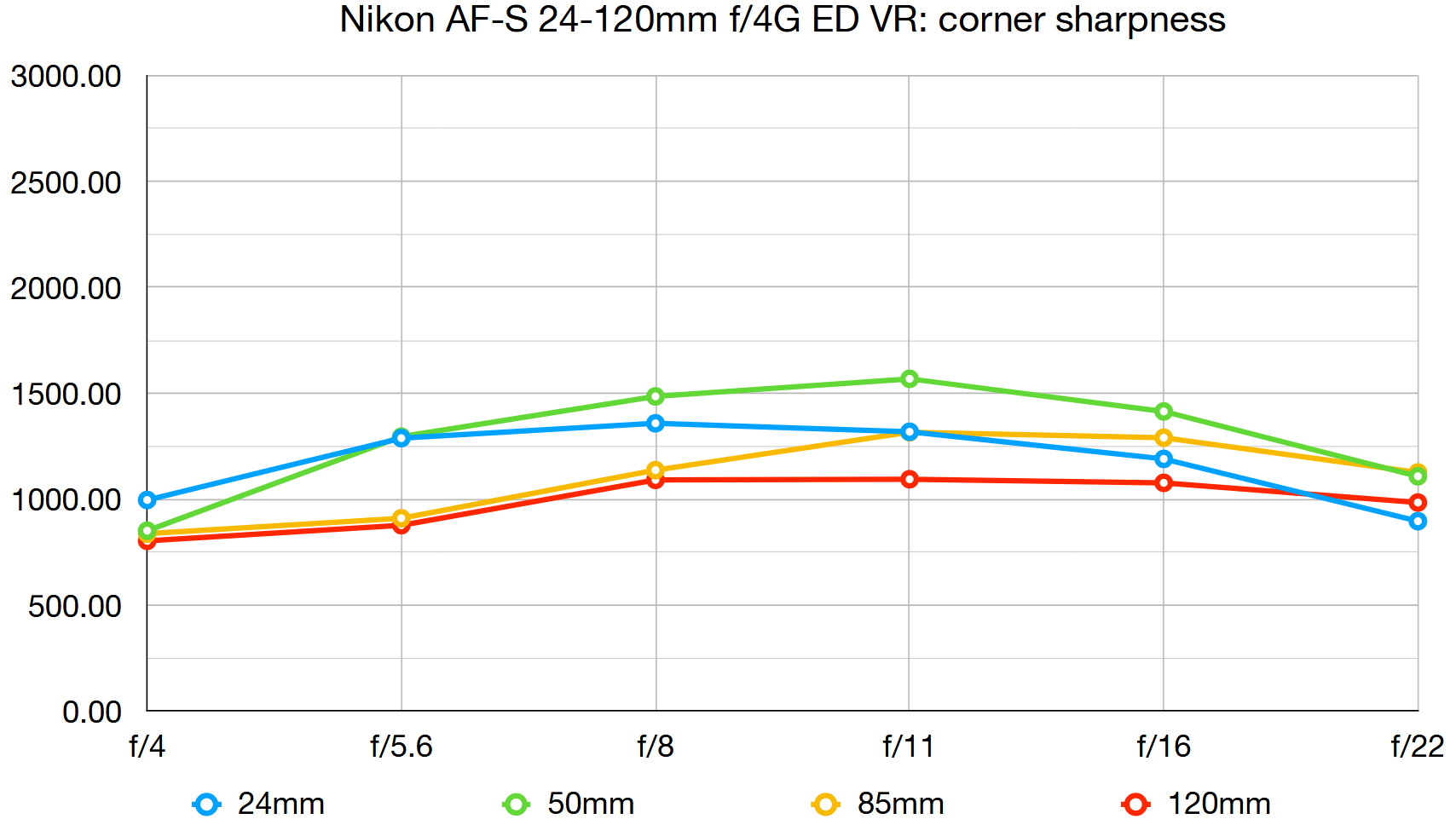
Sharpness is excellent in the central region of the image frame, although it benefits from stopping down to at least f/5.6 in the longer 85-120mm sector of the zoom range. The same goes for edge/corner-sharpness at all focal lengths.
Fringing:
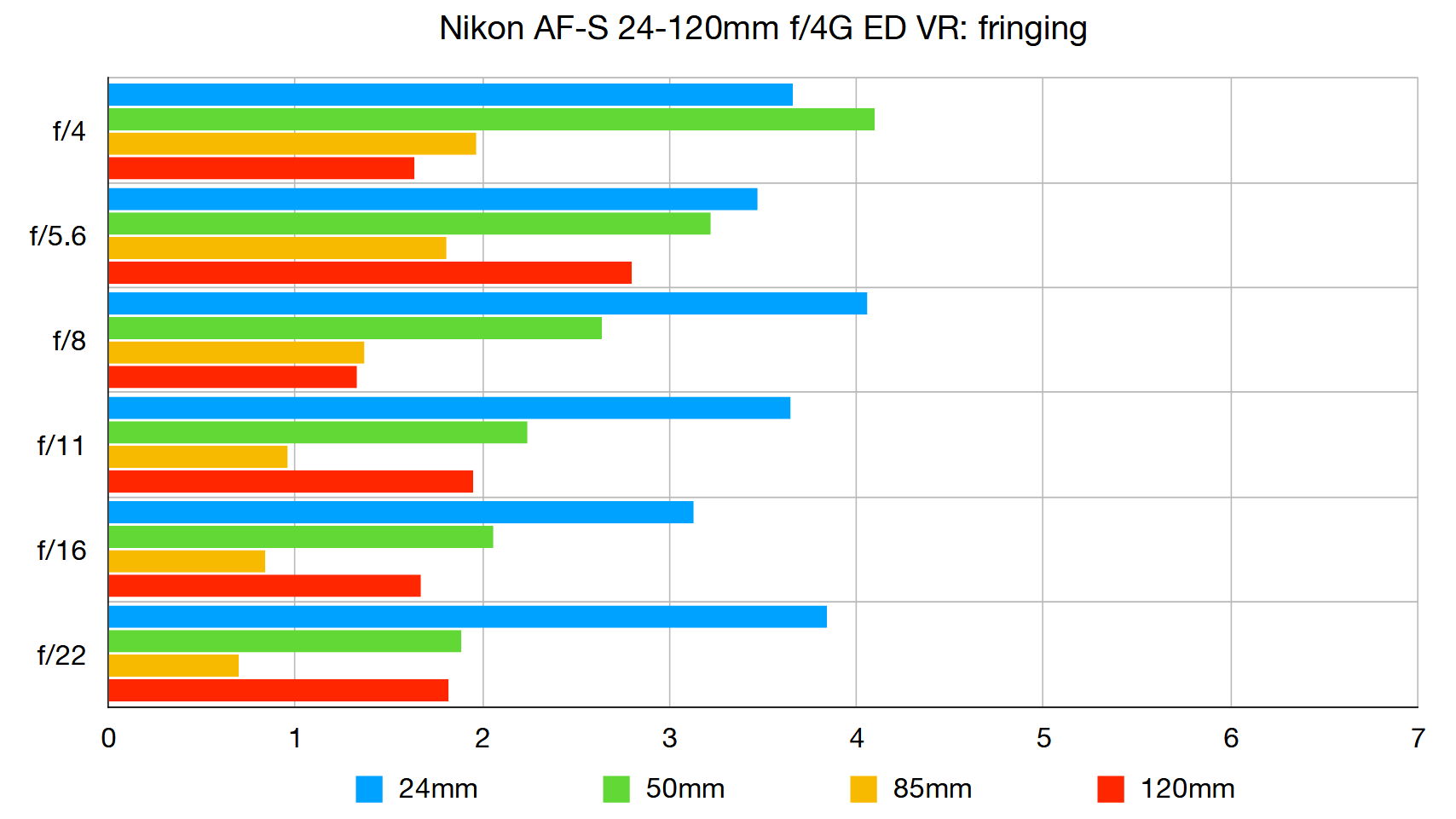
Color fringing can be quite noticeable away from the central area of the image frame in the 24-50mm sector of the zoom range, when uncorrected in-camera, but largely dies away in the 85-120mm sector.
Distortion:
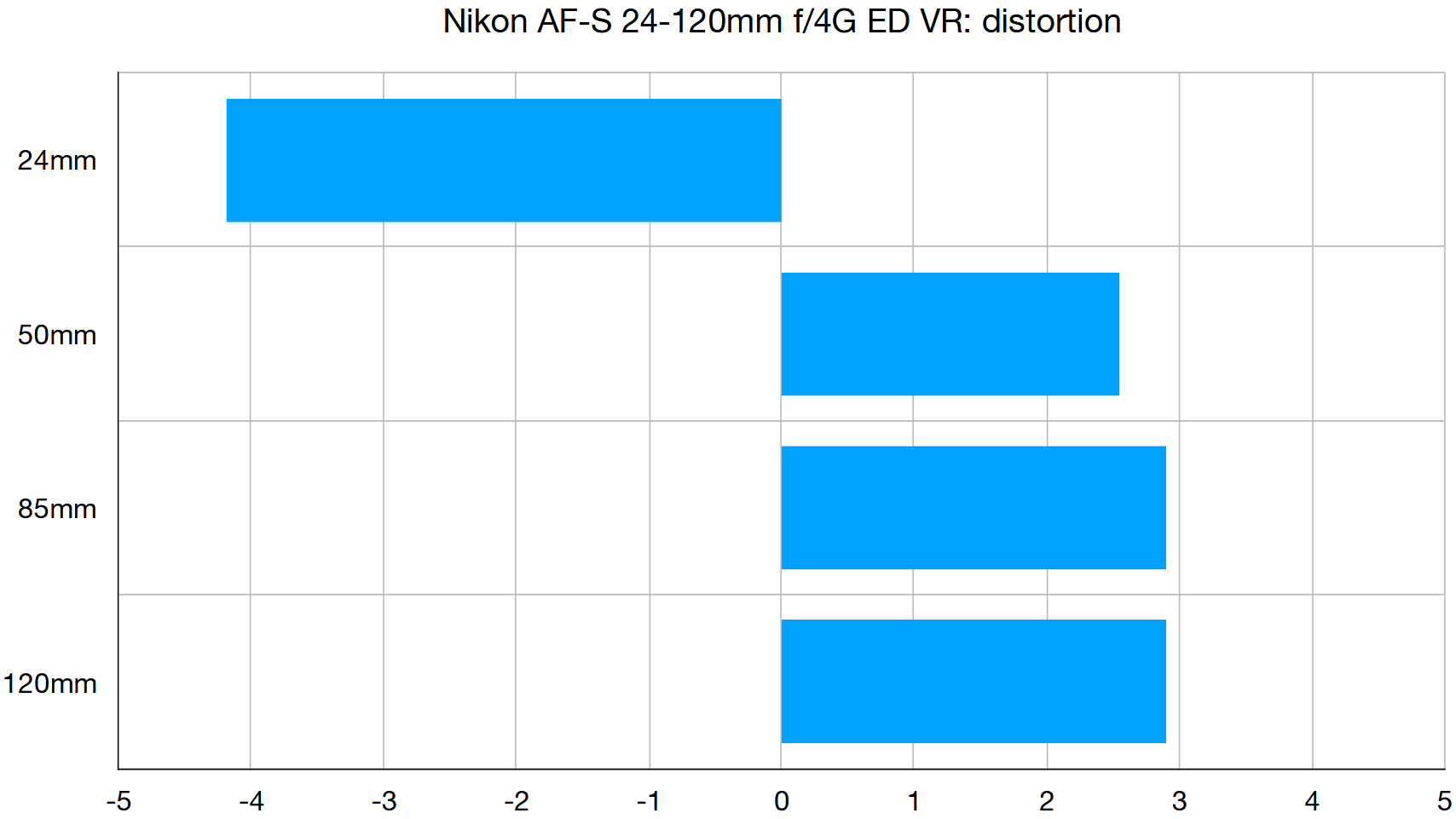
Barrel distortion is pretty severe at the shortest 24mm zoom setting and pincushion is clearly noticeable in the 35-120mm sector. Even so, it’s fairly uniform in nature and easy to correct.
Verdict
A perennially popular kit lens option with cameras like the Nikon D750 and D780, it’s also a wise buy in its own right. The generous 5x zoom range stretches from a wide maximum viewing angle to useful telephoto reach and image quality remains impressive throughout, boosted in handheld shooting by 3.5-stop optical stabilization. Considerably more compact and lightweight than the latest Nikon AF-S 24-70mm lens and at only half the purchase price, it’s a good choice if you don’t need the faster f/2.8 aperture.
Read more:
• Best camera lenses to get
• Best Canon lenses
• Best Nikon lenses
• Best Sony lenses
Matthew Richards is a photographer and journalist who has spent years using and reviewing all manner of photo gear. He is Digital Camera World's principal lens reviewer – and has tested more primes and zooms than most people have had hot dinners!
His expertise with equipment doesn’t end there, though. He is also an encyclopedia when it comes to all manner of cameras, camera holsters and bags, flashguns, tripods and heads, printers, papers and inks, and just about anything imaging-related.
In an earlier life he was a broadcast engineer at the BBC, as well as a former editor of PC Guide.
